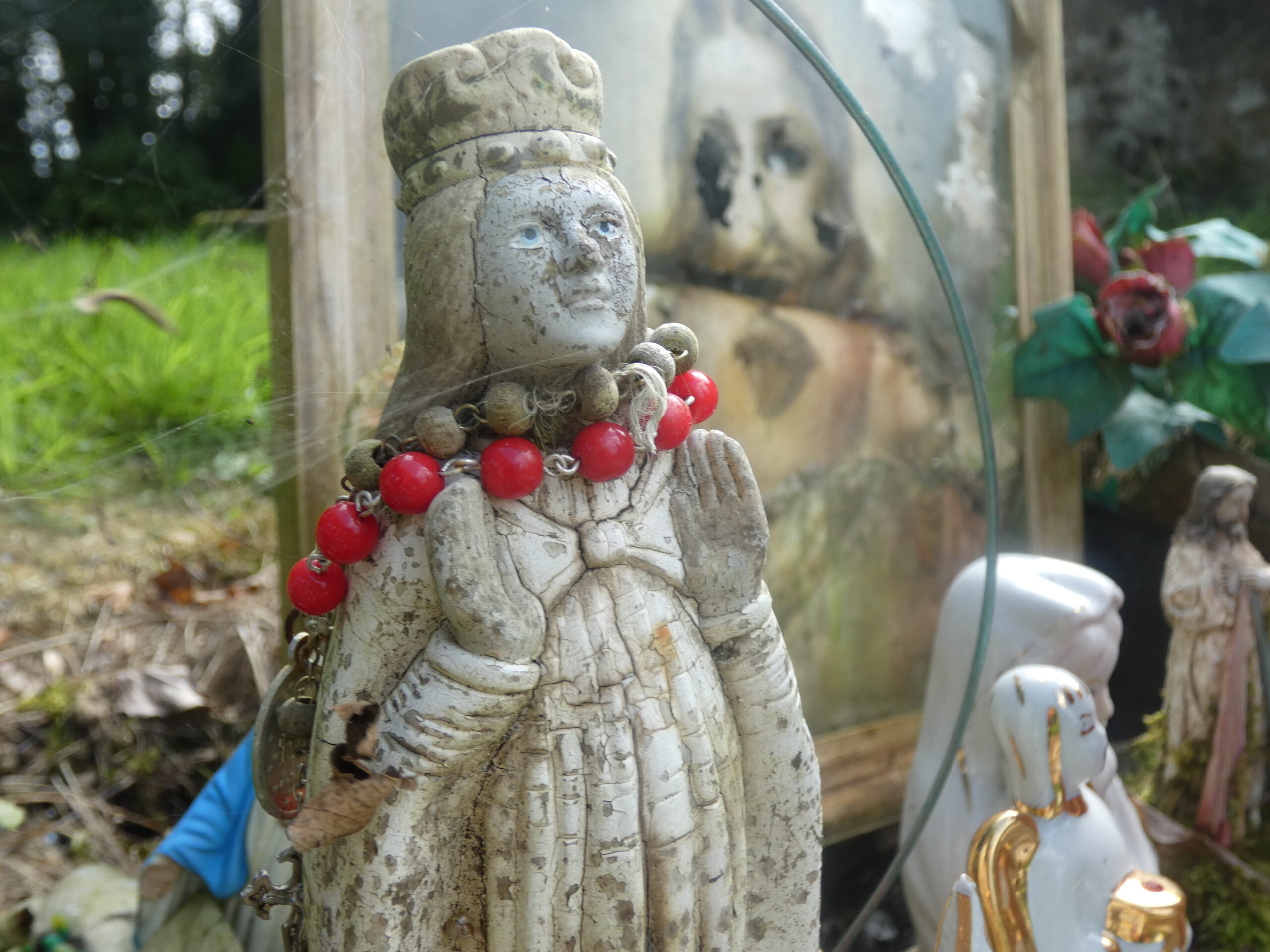The goal was and still is to find five healers, of diverse backgrounds and cures, who would be open to sharing
their stories and experiences for camera. However this has been more difficult that I could have
imagined. I’ve been welcomed in many homes, have had sincere conversations, listened and
really learnt about cures in a way that cannot be replicated by reading any book, drank many
cups of tea, and have been helpfully offered further names and contacts to interview, but, when I approach the ‘camera’ topic, I clearly see a shift in their body language and hear their sentences become shorter.
I’m aware that I’m asking for an invasion of privacy to a very intimate practice and there is the
consideration of how coming forward as a healer so publicly, may go on to affect them in their
day to day life.
I have to respect this.
They are ordinary people with busy lives and families, and I know many are thinking that if they
took part in the documentary, they would be inundated with individuals seeking their cure.
Distance means nothing if one thought they could get relief from their pain, and the last thing
anyone wants to do is turn away someone who wants help, but this can take a toll on anyone,
healer or not, if they are over-saturated with demands. Many healers also perform their cures in
their own homes, so there is a certain level of safety to be upheld, when considering who they
may feel comfortable knowing where they live and then entering their domestic space.
On the other side of the coin was a hesitancy that I didn’t expect to encounter, a social stigma.
Some I’ve met are very public about what they do, and regardless of whether colleagues or
family dismisses their cure as “hocus pocus”, they proudly identify as a healer. But there are
also some who are more private and only perform their cure on those they know and trust. They
are not ‘out’ to their work colleagues, and I wonder if it is because they are afraid that this will
change how they are seen in their professional environment. Will their future opinions be treated
differently? Will they be the butt of a light-hearted joke that actually seriously affects their willingness to
continue practicing their cure?
I spoke with a healer who had the cure of the sprain, and she talked about doubting her own
cure’s ability, despite the fact that those she performed her cure on seemed to be happy with
their results. I was drawn in by this perspective, as it felt like a priest doubting their religion but
continuing to practice it. She was worried that compared with somebody who completely
believed in their ability, she would appear as a fraud. For me, she represented, possibility, the
truest form a healer in modern Ireland will personify in the future,- someone who has a real world or new age
job, who’s tech savvy, and recognises the values of progression, but is holding onto a very
ancient practice that they are aware should be continued and valued, even if they are unsure to
truly devoting themselves to the belief of it.
Some healers believe their gift is directly from God or the energy around them. Other healers
believe it is a form of placebo, and that they are opening up the power of the client’s mind to
cure themselves. Others do not have an explanation for what they do. It’s always just been this
way, and they are open to it failing as much as they are open to its success. There is no one
type of healer explanation, they each merge faith, science, psychology, and tradition in their
own ways.
All folklore dances in liminal spaces; the threshold between two worlds or where two places
overlap, and I feel that although the doubting healer feels very much part of this liminal space,
she’s actually exactly where all folklore exists.
